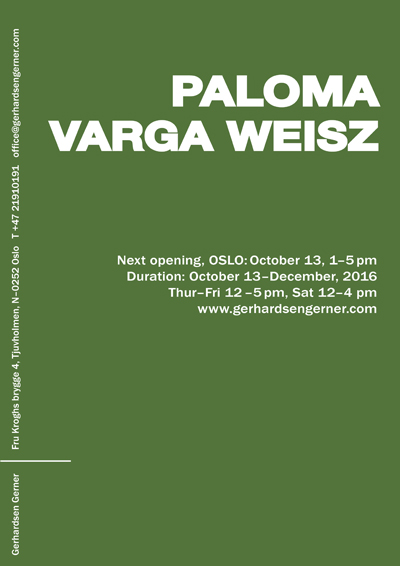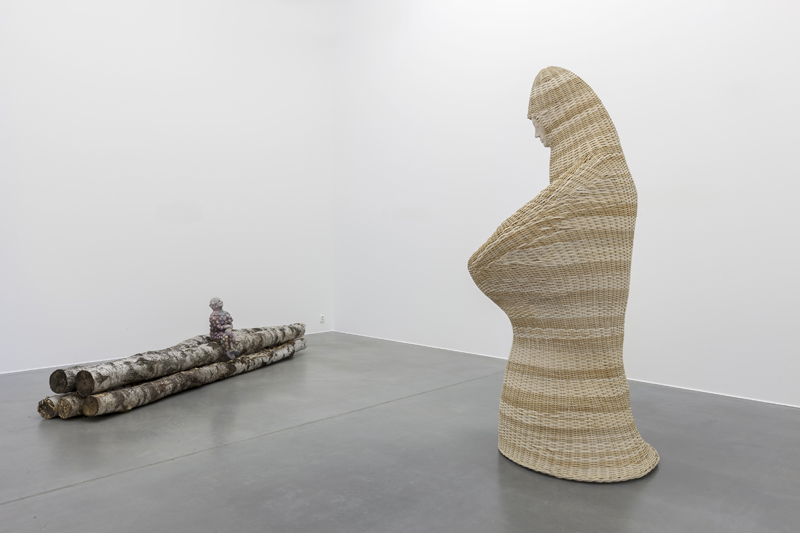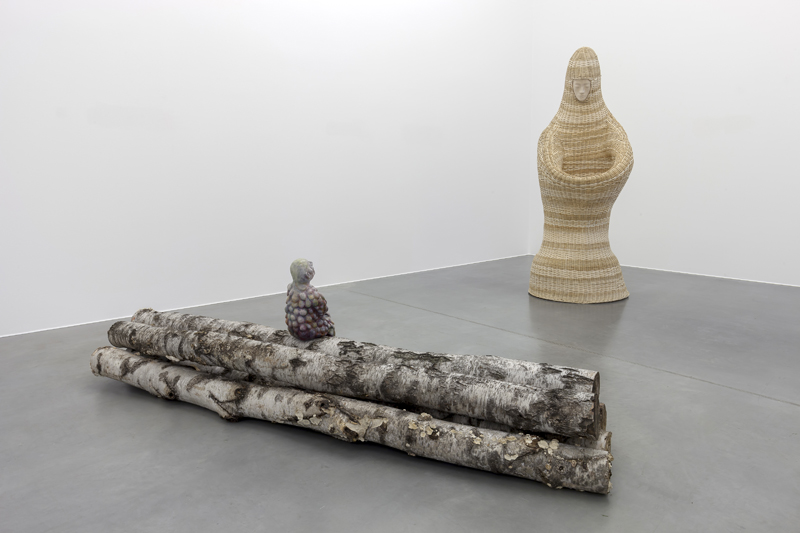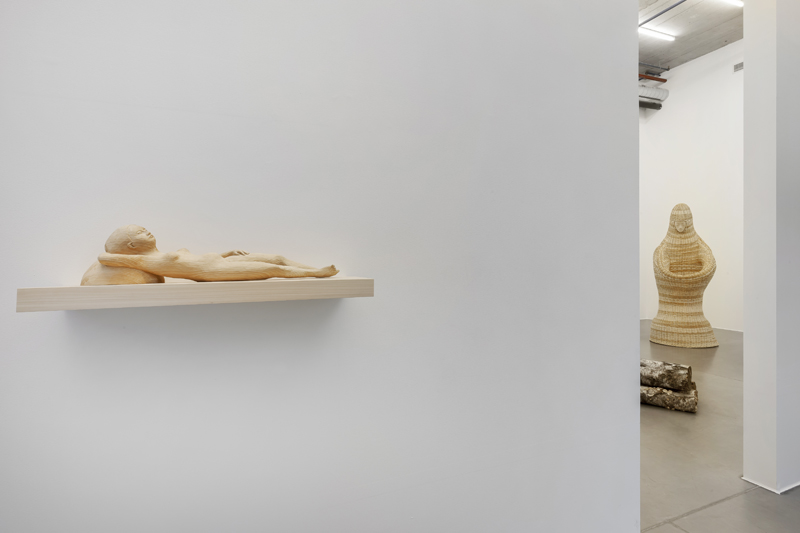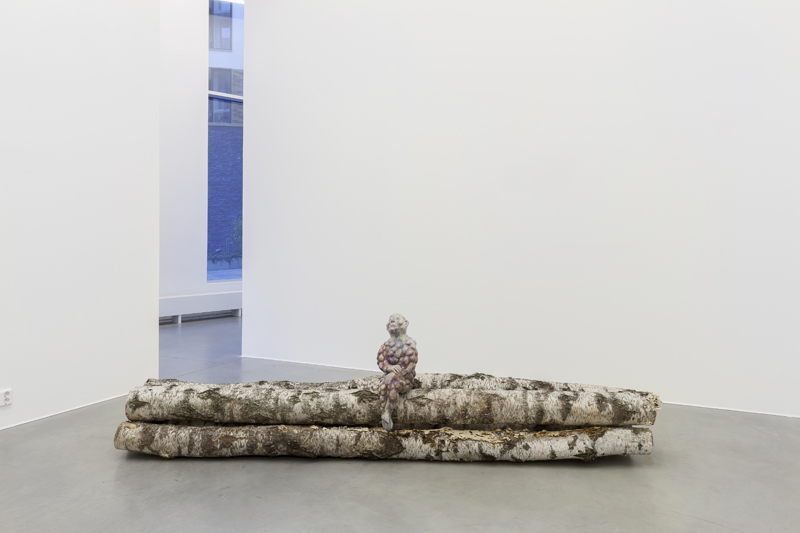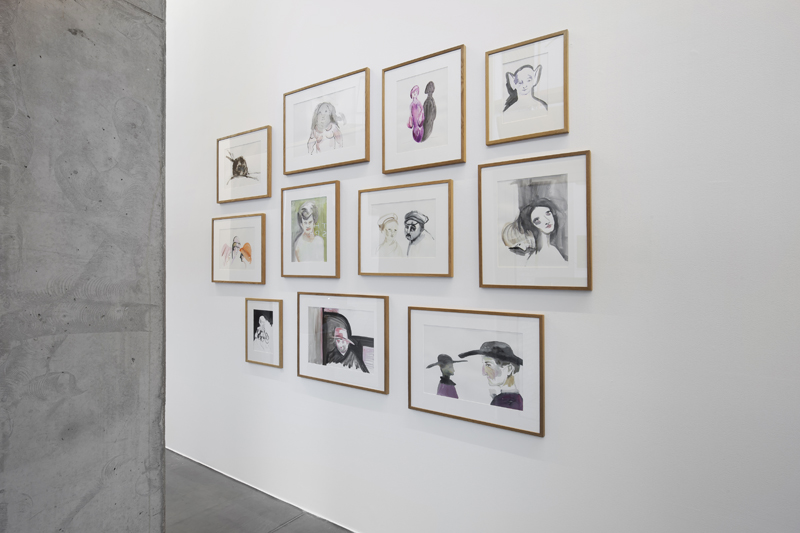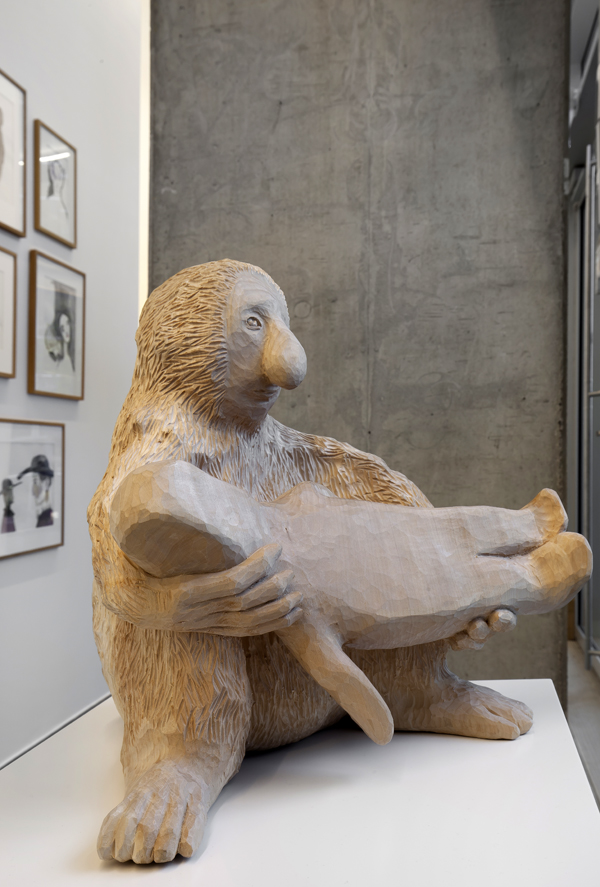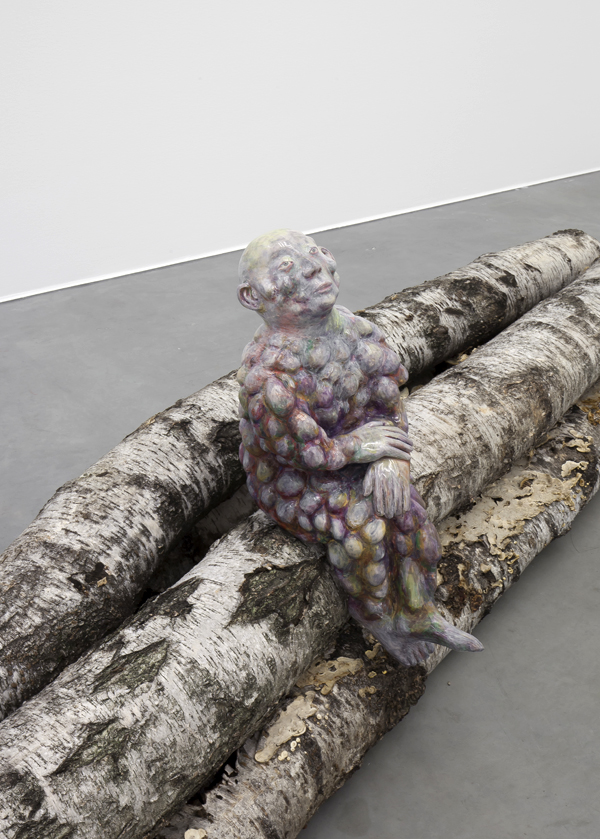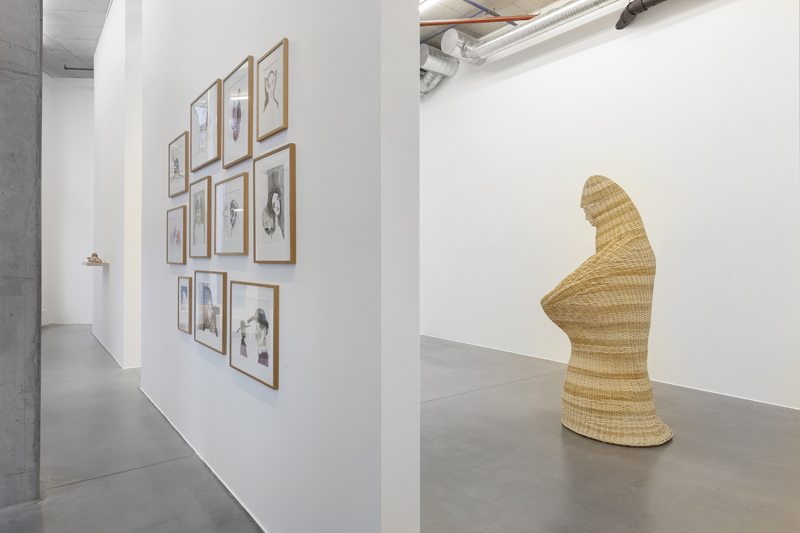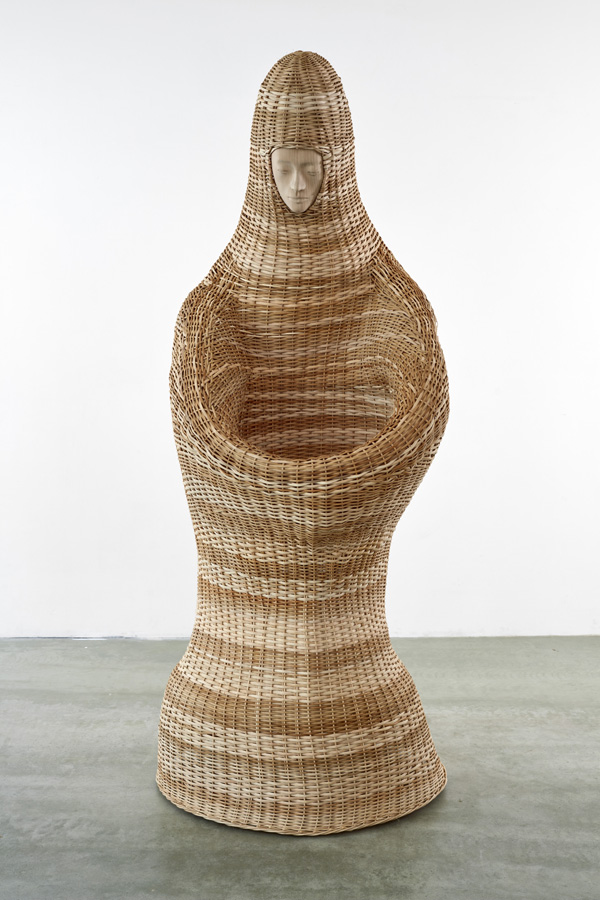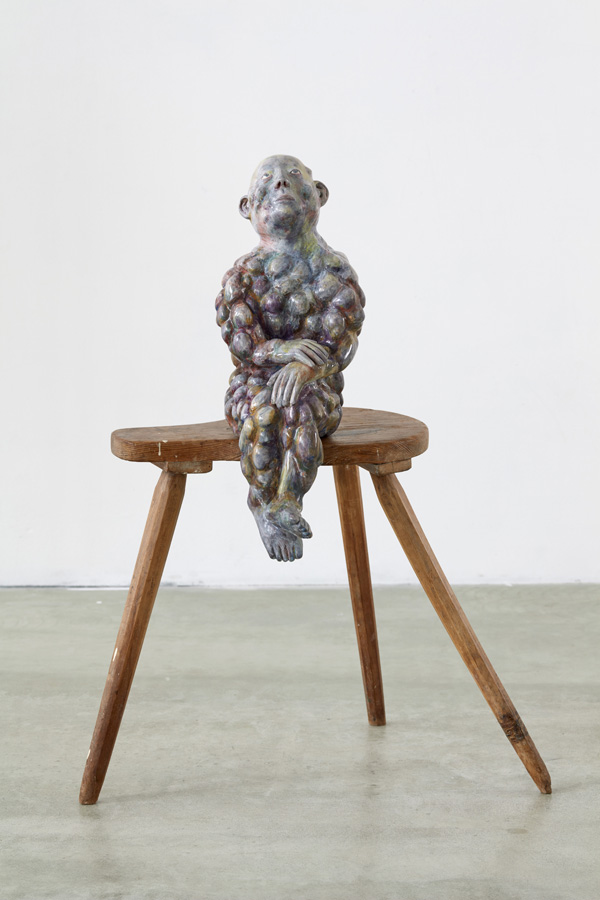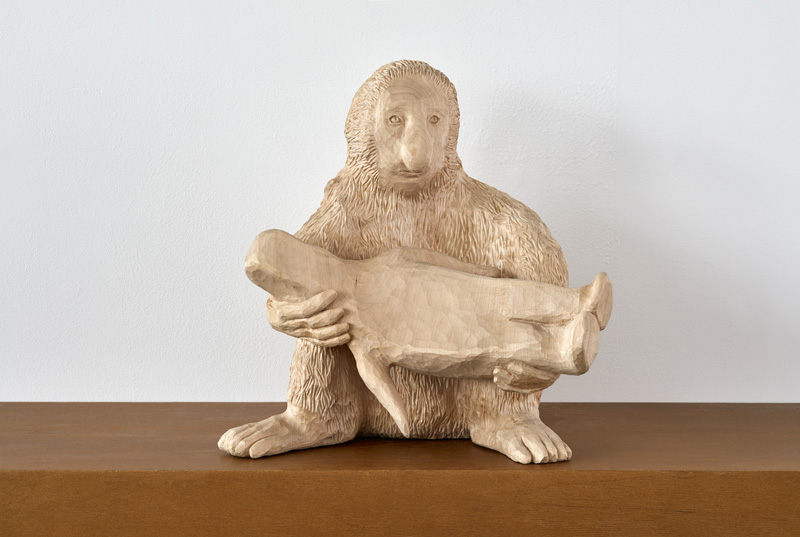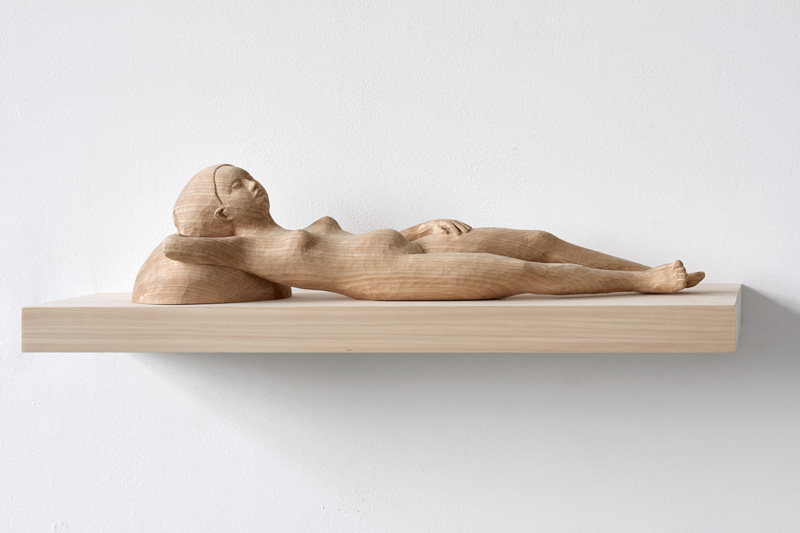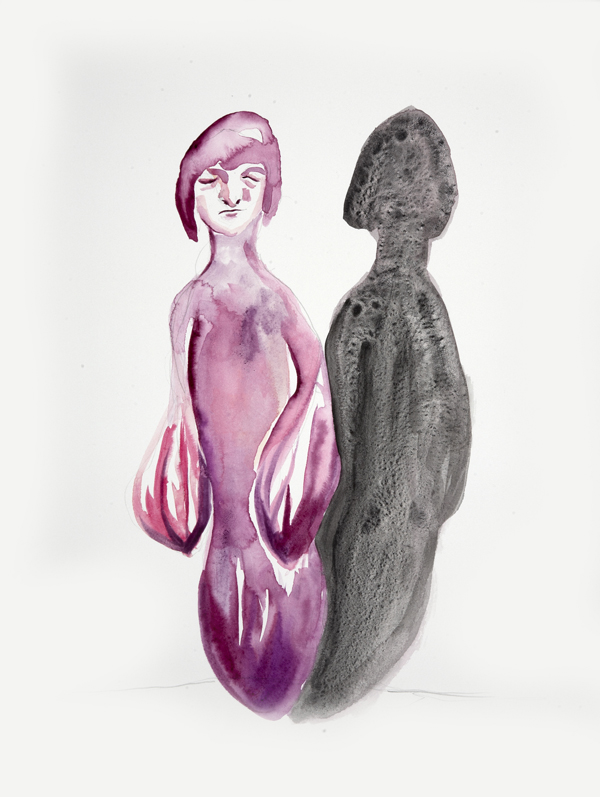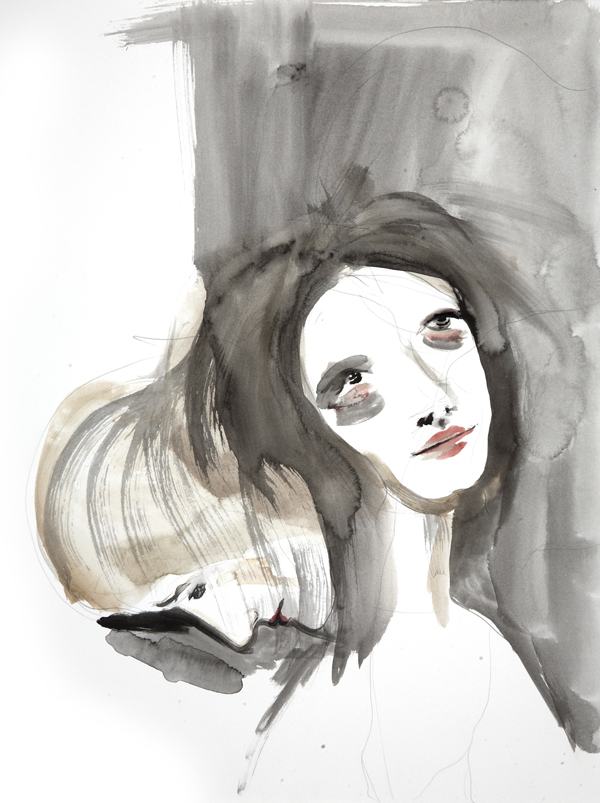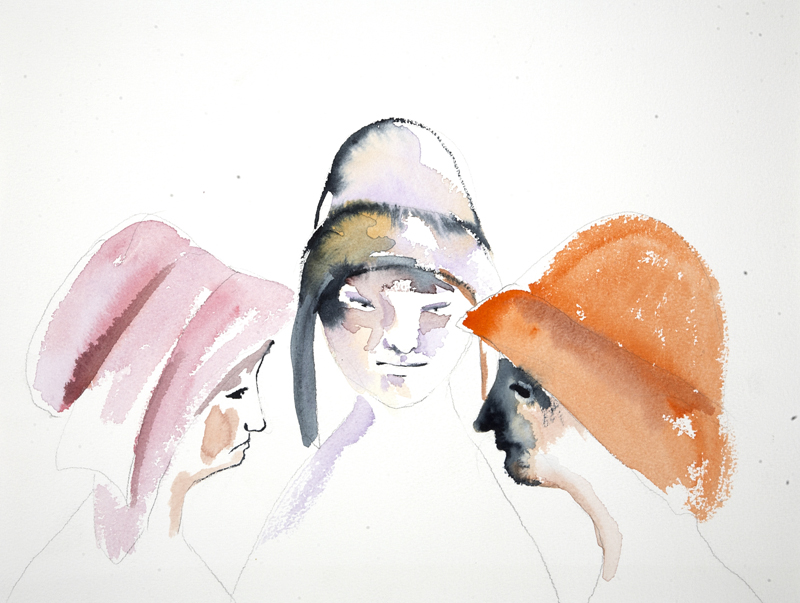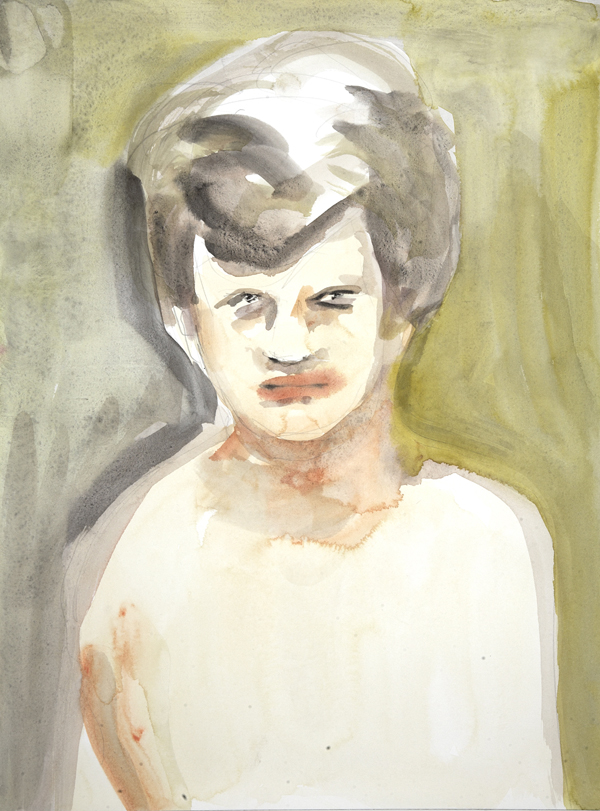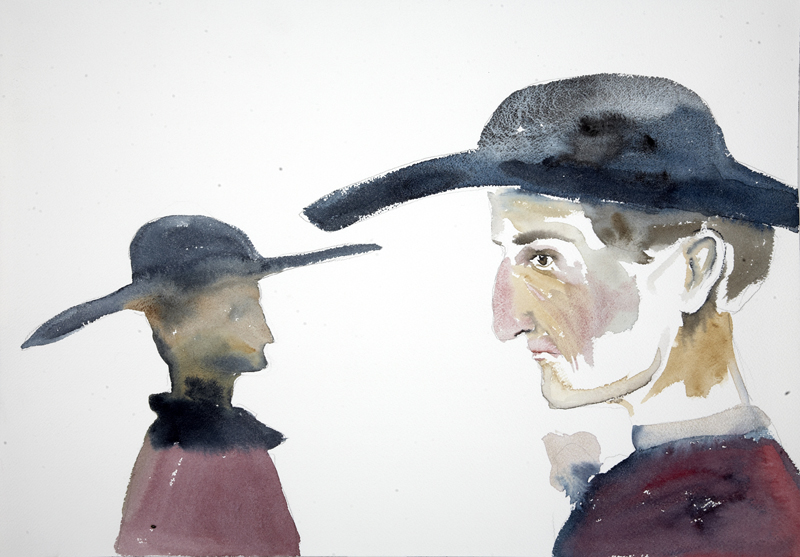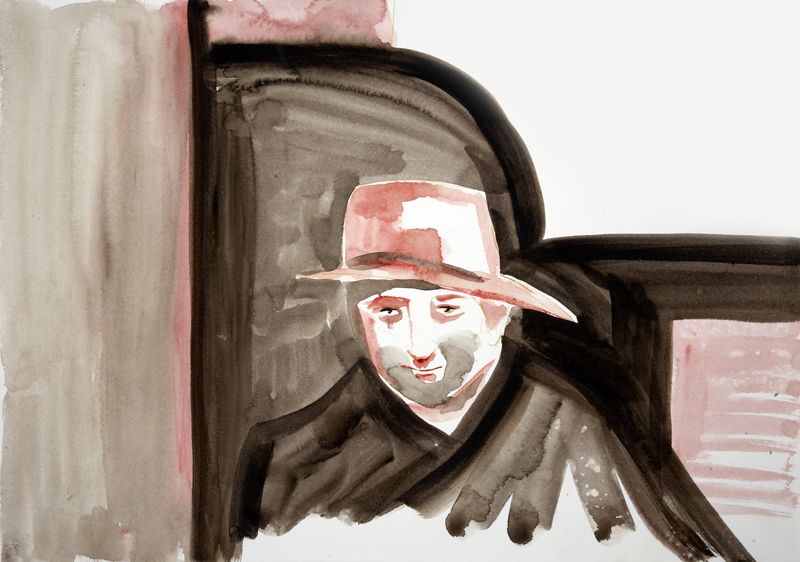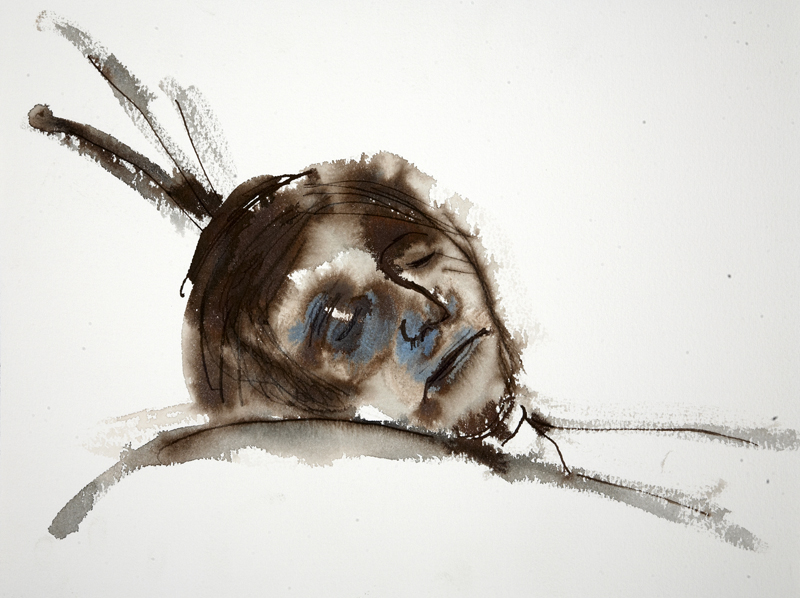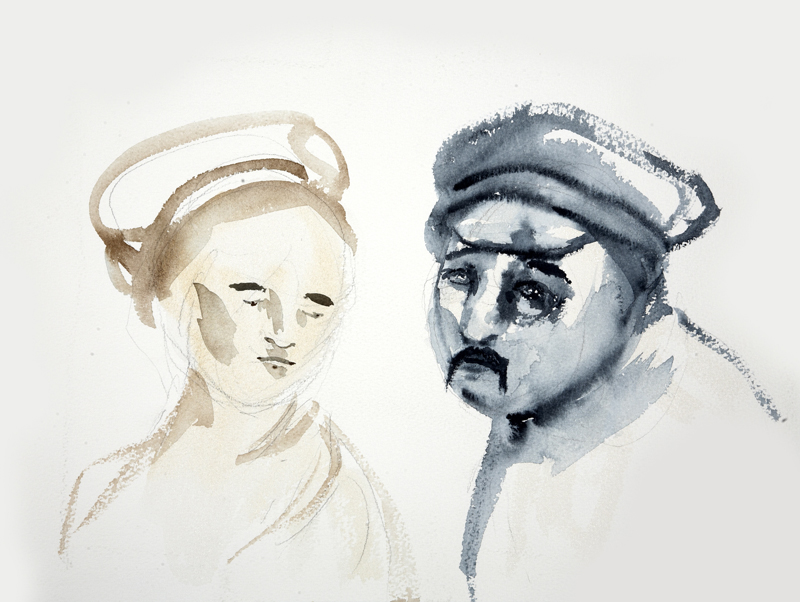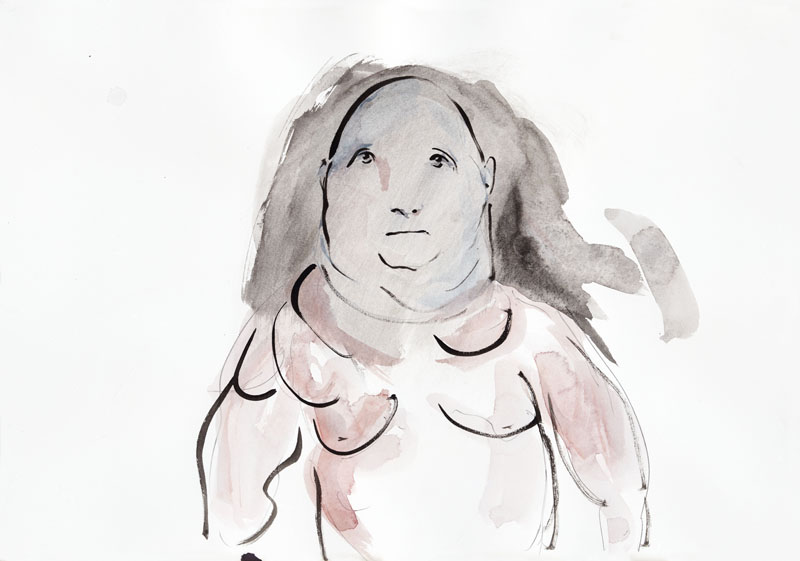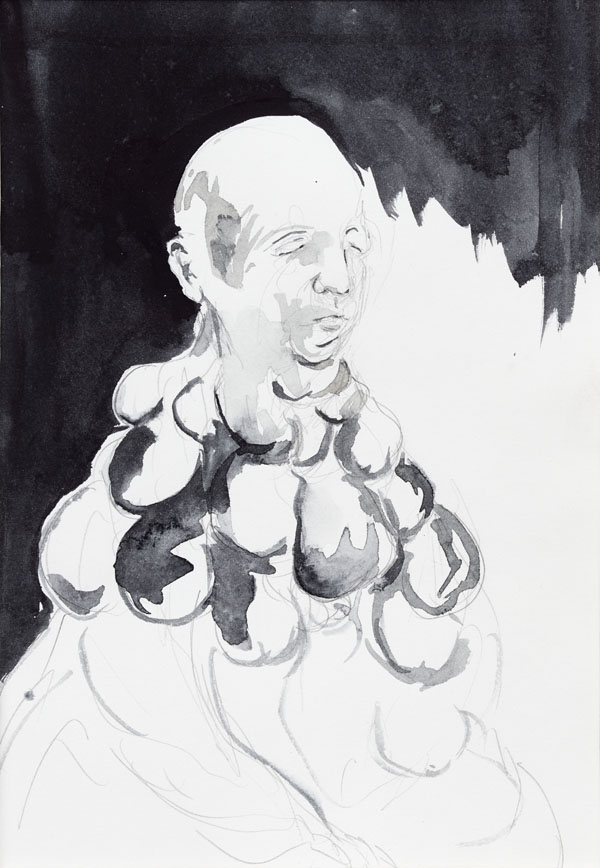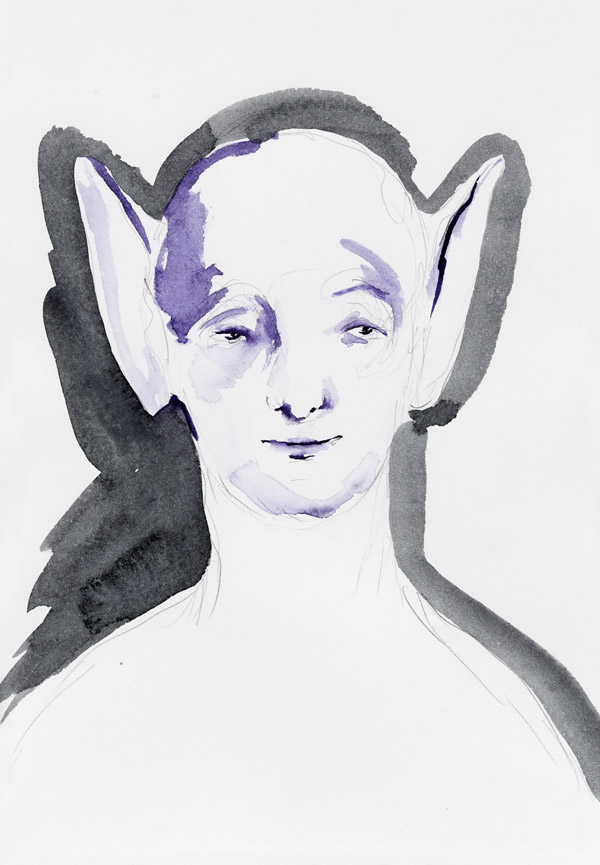Paloma Varga Weisz Previous Shows 2016
Paloma Varga Weisz
Photo credit of individual shots: Stefan Hostettler
Paloma Varga Weisz
Exhibition duration: October 13 – November 12, 2016
Gerhardsen Gerner Oslo is very pleased to announce our first solo exhibition with the Düsseldorf-based artist Paloma Varga Weisz.
The work of the artist, born in 1966 in Mannheim, includes sculptures and installations, as well as watercolors and drawings. Her focus is on materials: wood, ceramics, wicker and paper remind of artisanal traditions, the era of the guilds in pre-industrial times, and provide a link between our artistic present to its historical past.
At the center of Varga Weisz' exhibition in Oslo is one of her large whicker figures. Except for an opening for the untreated wooden face, the trunk and limbs are made of woven basket material. The body continues downward in a bell-shape, with the arms folded forward over the belly to form a kind of container. The figure appears to be confined within the rigid basket shell and separated from its surroundings, only the face makes contact with the outside.
If in Freudian psychology the container stands for the feminine or the body of the woman, the small proboscis monkey already carries its offspring in its arms. He looks at the viewer thoughtfully and invitingly, holding the child as if he is offering it to us strangers. The posture of the two is reminiscent of the Virgin and Child of Christian iconography. This association is broken by the ironic choice of a monkey.
A figure made of lime wood and painted in the style of medieval religious sculptures 1) sits on a stack of birch logs. It is completely covered with boils or bumps, as if suffering from a wicked disease. The viewer feels both pity and disgust equally. Could the "Bump Man" be suffering from the bubonic plague that raged during the Middle Ages? Here at the latest, a vague anxiety sets in, which can only be explained by our subconscious collective memory - the disease was eradicated long ago in western industrialized nations.
Varga Weisz' sculptures play with the wondrous, which our modern longings gladly seek in the long forgotten and distant past. In the middle of the 19th century a group of English painters founded the "Pre-Raphaelite Brotherhood". Through painting they aimed to study nature with great attention and took the solemnity, directness and authenticity of medieval art as a model for their works. The historicizing sculptures by Paloma Varga Weisz are based on this search: in a time of upheaval and change, there is that pre-Raphaelite purity and authenticity in her art.
The themes of nature and handcrafts are prime topics of feminist research. For centuries, the male has been assigned the cognitive, reason, the outer and science, whereas the female was connected with the emotional, the irrational, the inner and the unpredictability of nature. Banned from artistic creation and relegated to the position of the model, handcrafts often remained the only means of artistic expression. Paloma Varga Weisz addresses these issues through her work with her signature style.
Varga Weisz sets these carved wooden sculptures against a series of delicate watercolor works on paper. Her watercolors are filled with all kinds of peculiar characters who are involved in strange actions. The atmosphere verges into the grotesquely surreal and the drawings seem to thematically address emotional and psychological states of mind. However, this is achieved with great ease and wit, whereas the three-dimensional sculptures carry an aura of melancholy within themselves.
Paloma Varga Weisz’ work has been presented in solo exhibitions at Castello di Rivoli, Rivoli; Salzburger Kunstverein, Salzburg; the Kabinett für aktuelle Kunst, Bremerhaven, Germany; the Douglas Hyde Gallery, Dublin; the Museum Morsbroich, Leverkusen (with Rosemarie Trockel); and at Kunsthalle Wien project space, Karlsplatz. She has been included in group exhibitions at the Museum of Modern Art, New York; the Hayward Gallery, London; the Kunsthalle Krems, Austria; Kunstsammlung Nordrhein-Westfalen, Düsseldorf; the Venice Biennale; and the Berlin Biennale. Paloma Varga Weisz trained at Staatliche Kunstakademie, Düsseldorf.
For further information please contact Maike Fries, Gerhardsen Gerner, Berlin: T: +49-30-69 51 83 41,
office@gerhardsengerner.com or visit our website at http://www.gerhardsengerner.com

